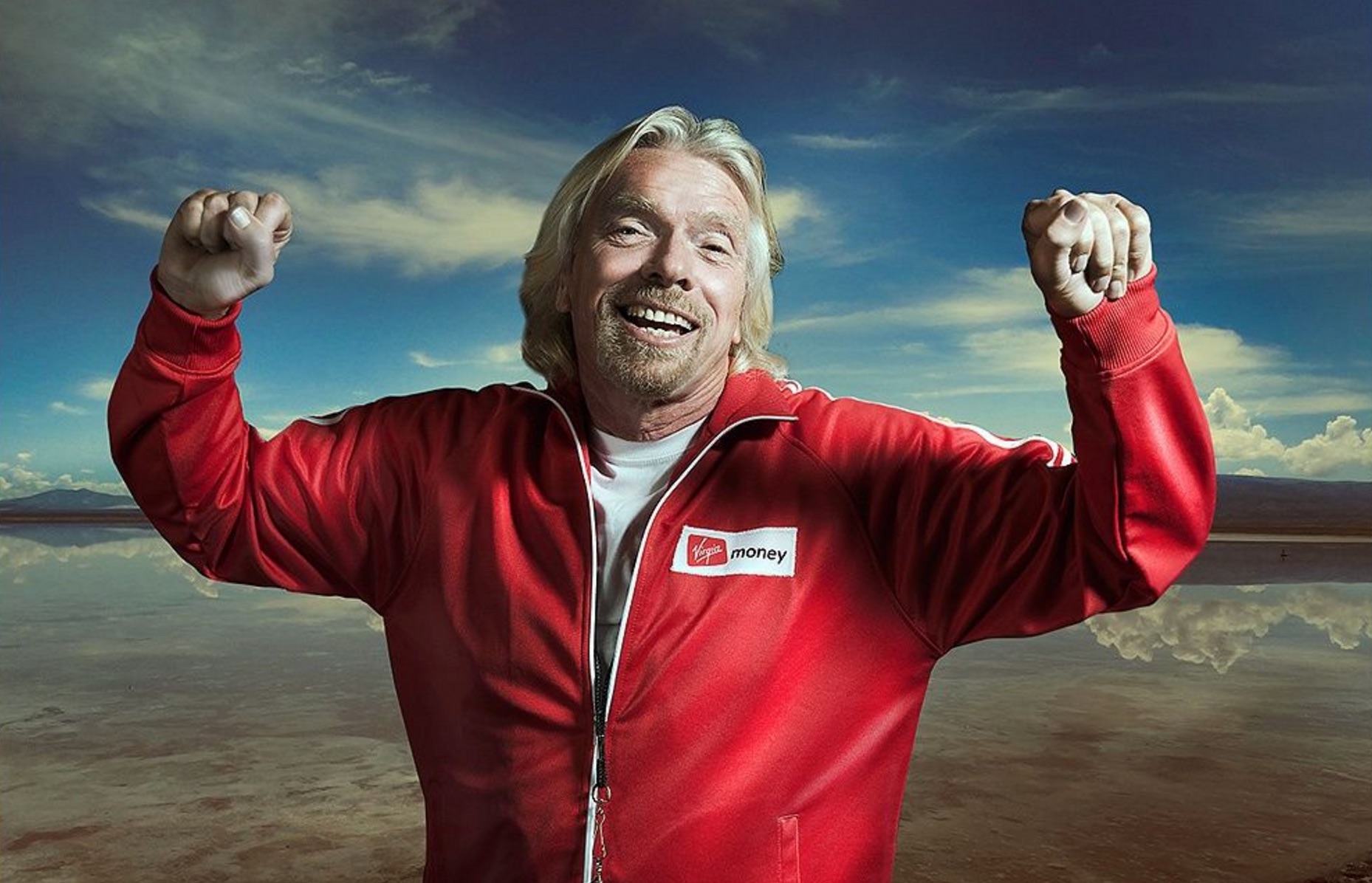While there are a lot of reasons why creating and supporting a marketplace may seem difficult, it’s becoming easier with proper technological and financial support available to startupers. But the overall process of creating an online marketplace requires a lot of professionalism and strategies foresight. Having a great idea that can be easily monetized is just a first step in the right direction as every entrepreneur has to follow and succeed in crucial development stages to be able to develop a marketplace to rival Amazon or eBay in due time.
eCommerce marketplace follows different stages of development, and each one of them has a particular focus:
Initial Stage: Research current marketplaces to validate your idea. Choose a support partner with experience in marketplace development. Choose the one that is highly reputable and offers customization, scalability and customer support. This is a key point and if you fail to analyze data and choose properly, it may cause lots of trouble and may even lead to your business’ demise. It is essential to get to know the best in the industry to set up proper development practices.
Pre-seed financing is required at this stage. This phase’s funding round averages at $500k – $1m. To have a chance to secure it, you must have a smart, committed team with relevant expertise/skills, and stellar growth-hacking co-founder. A well-versed tech co-founder with relevant experience is a big plus. Market research should indicate a strong need for the marketplace. Although the prototype can still be very basic with few activities available.
Development Stage: Focus during this phase on the marketplace’s target audience. An essential part of the process encompasses development of advanced usability features, as well as shipping and payment solutions. Building a strong customer support team is also vital.
Seed financing will help the startup expand and attract more quality personnel. Investments of $1m – $3m to scale the business and keep up with the competition is usually available if the valuation of the startup is $3 to $8m. The usual investors are Angels and micro VCs. Your company should have strong indications of product/market fit from early customers/users. There should be initial liquidity on the platform with monthly GV of $50k – $200k. You need to show proven ability to move fast & break things with an emphasis on evolving fast enough. Demand is largely driven by enthusiasts and early fans. The supply chain is based on individual sellers, and customer acquisition is strong and mostly organic with the $100M+ market potential of GMV.
Build up and Scale Stage: It is time to start thinking about building up robust technology and scalability. By putting all the processes in place you can become a household name with your target buyers and sellers. This helps achieve greater monetization and grow exponentially. Marketing strategy has to be accurately devised depending on the type of items you sell and the users that deal on your marketplace.
With proper monetization, it would be easier for your company to have Series A round of $5m – $12m with VCs. You company valuations by this time should be around $10m – $40m. By this time you have to show a proven ability to attract and manage great talent as well as have a good volume of product sales, with only rare system breakdowns. Unit economics should work smoothly, and there should be clear indications that your marketplace can continue to scale. By this time you should be successful with at least one customer acquisition channel apart from good organic demand.
Growth Stage: Expanding is always an issue. Be aware of trends and ways others have succeeded and failed during this stage. Not many marketplaces have been able to reach this point, but being open to innovative ideas can help you stay afloat and scale all the processes correctly.
Series B round is vital here to help you grow and not collapse under the increasing financial burden of scaling your business. By now you should have attracted senior leadership with extensive experience in most functions and showed clear PMF and increasing evidence of PMF in a larger market. Demand and supply should move towards mainstream buyers and sellers. Supply by this time is professionalized, and customer acquisition is largely paid for.
Series C financing is the last phase when a marketplace has a well-established units’ economics and a smooth customer flow. Your business is a predictable, profitable, scalable growth/marketing machine with monthly net revenue exceeding $1m. Required financing by this time exceeds $30m with a company valuation of at least $100m.
This research is based on the studies of Pawel Chudzinski. Each of these stages also entails different levels of financing and growth patterns discussed above. These patterns closely follow each development stage but may differ according to the marketplace’s targets and management decisions.

